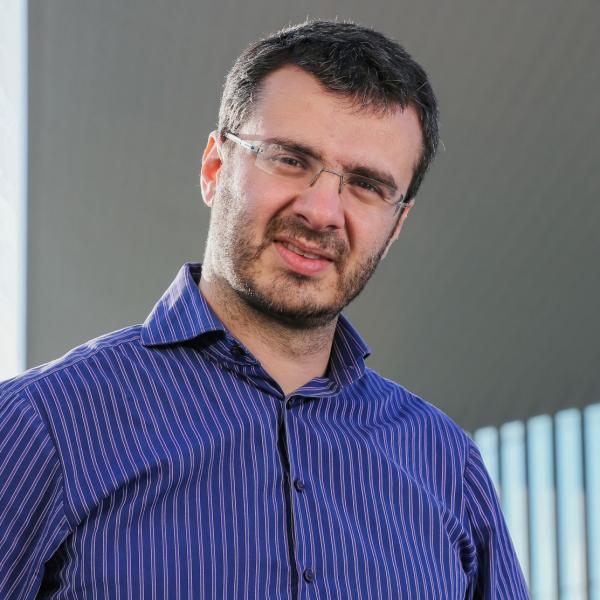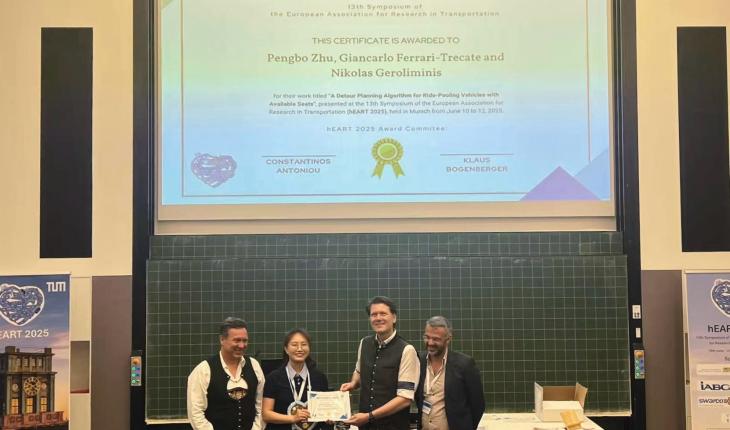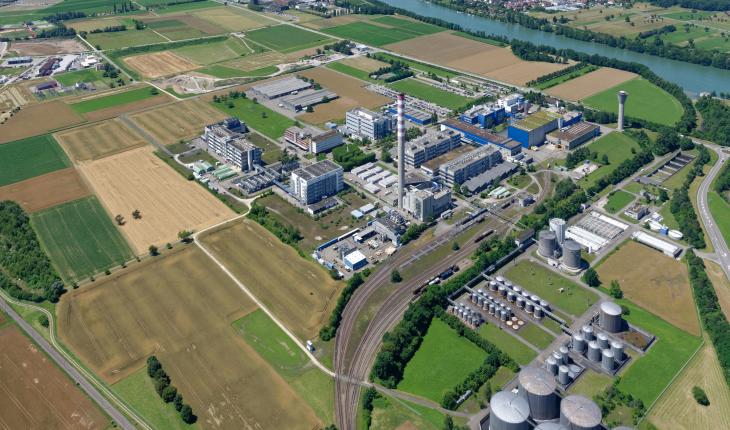Nikolas Geroliminis

NCCR Automation will revolutionize how emerging technologies and intelligent systems can reshape mobility in resilient and sustainable ways.
Prof. Nikolas Geroliminis is an Associate Professor at EPFL and the head of the Urban Transport Systems Lab. Before joining EPFL he was an Assistant Professor at the U of Minnesota. He has a diploma in Civil Engineering from NTU Athens and a MSc and Ph.D. in civil engineering from UC Berkeley. He is the Editor-in-Chief of Transportation Research part C: Emerging Technologies . His research interests focus on transport systems, traffic modeling and control, on-demand transport, car sharing, optimization and networks. He is a recipient of the ERC Starting Grant METAFERW: Modeling and controlling traffic congestion and propagation in large-scale urban multimodal networks. Among his recent initiatives is the creation of an open-science large-scale dataset of naturalistic urban trajectories collected by a swarm of drones experiment ( https://open-traffic.epfl.ch).










